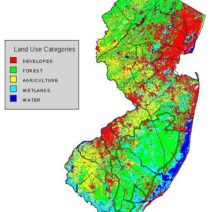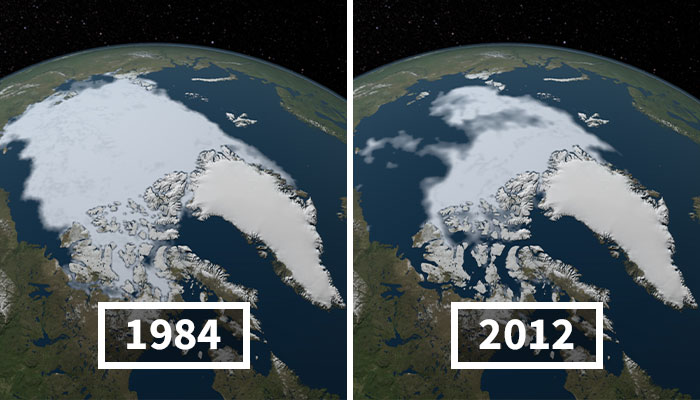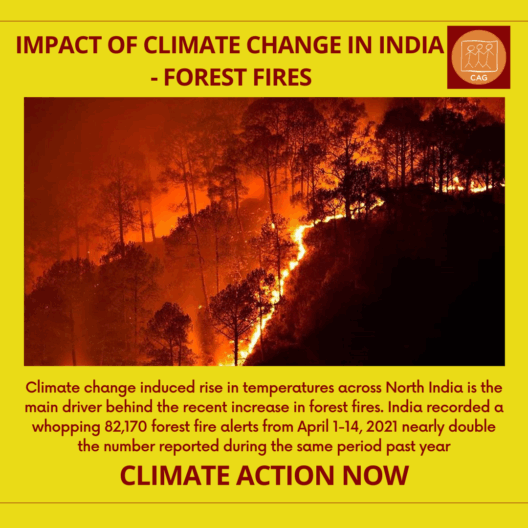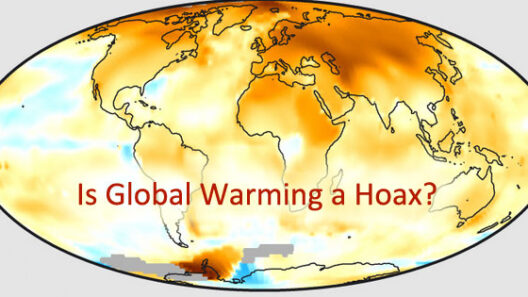The Earth, a magnificent blue orb suspended in the vastness of space, has endured numerous metamorphoses throughout its history. Among these, global warming stands out as a phenomenon of profound significance. An intricate dance of climate forces has shaped our planet over millennia, leading many to ponder: Has the Earth faced global warming before? Indeed, it has, and with each chapter of warming, the consequences have ebbed and flowed, forever altering landscapes, ecosystems, and the very fabric of life itself.
The geological epochs offer a captivating nomadic tale of the Earth’s climate. During the Carboniferous period, roughly 359 to 299 million years ago, the planet basked under a warm climate marked by lush, sprawling forests. This verdant paradise eventually gave way to the Permian period, characterized by even more exaggerated warmth, culminating in a climate that bore witness to the greatest mass extinction event in Earth’s history. The tectonic shifts, volcanic eruptions, and fluctuating carbon dioxide levels guided the planet’s progression through warming phases and ice ages, akin to a symphony composed by nature’s hand, each note resonating with change.
As we traverse through Earth’s timelines, we encounter the Mesozoic Era, an era defined by dinosaurs roaming lush landscapes under potentially balmy conditions. Evidence suggests global temperatures during this time peaked dramatically. The connection between atmospheric carbon dioxide levels and global temperature was as crucial then as it remains now. The Earth was warmer than today, a greenhouse garden thriving with life and diversity. Yet, those idyllic conditions also harbored peril; the relentless overgrowth and subsequent die-offs ushered in a cycle of rebirth and decay.
The fate of our planet has never been written in stone. The glacial periods, marked by expansive ice sheets blanketing vast swathes of territory, preceded notable warming spikes that reassured life that recovery was indeed possible. One such renowned warming phase occurred at the end of the last Ice Age, around 11,000 years ago. As the ice receded and the planet warmed, humanity began its journey from nomadic tribes towards settled civilization. This period of warmth enabled agriculture to flourish, sparking innovations that would lay the foundation for modern society.
Despite the glories of past warmth, the narrative becomes entangled in resilience and fragility. Each warming period, while initially fostering prosperity, left in its wake distinct repercussions. The medieval warm period, spanning from the 9th century to the 14th century, heralded agricultural booms across Europe. However, this warming was not uniformly distributed; anomalies, such as droughts and hurricanes, punctuated this era. The juxtaposition of abundance alongside adversity paints a cautionary tale, an enduring reminder of the delicate balance within ecosystems.
Fast-forward to the dawn of the Industrial Revolution in the late 18th century. Human influence began to manipulate the climate with unprecedented zeal. The burning of fossil fuels, deforestation, and industrial processes released copious amounts of greenhouse gases into the atmosphere, altering the planet’s natural thermal balance. Today’s global warming, distinct from its ancient predecessors, is largely anthropogenic, further entwining the narrative of climate change with that of human ingenuity and folly. The planet’s past, marked by cyclical changes, now faces a relentless, accelerated rhythm fueled predominantly by human actions.
Despite the gravitational pull of history, the question remains: Can we learn from the Earth’s past? The ancient warming periods lend credence to the urgency of our current predicament. The disrupted ecosystems, the rise and fall of civilizations, and the resultant transformations showcase a tapestry woven with lessons from the Earth’s climatic heritage. It is imperative to recognize the echoes of those ancient epochs as an intrinsic part of our current reality.
As we unveil the layers of warming in Earth’s past, we must also embrace the clay-like potential of the present. The metaphorical sculptor stands before a raw block of marble; within it resides a form waiting to be chiseled. By employing sustainable practices, innovative technologies, and collective consciousness, humanity can carve out a future less marred by chaos and destruction. To navigate forward, we must intertwine scientific understanding with proactive stewardship, acknowledging that the breath of Earth is tethered to our choices today.
The looming threat posed by current global warming demands a collective awakening. Climate change, no longer a distant specter, is a reality documented by the relentless march of heatwaves, rising tides, and acidifying oceans. The unique warmth that once heralded enhancement also promised demise, as it did during epochs long past. Acknowledging this duality, we stand at a crossroads; each decision we make can reverberate through time, echoing the lessons etched in the annals of Earth’s climatic history.
In conclusion, the Earth has indeed faced global warming before, and through each chapter of its climatic saga, the repercussions ripple far beyond the immediate. By examining our planet’s past, we are reminded of the power of awareness and the potential for change. As stewards of this remarkable planet, it becomes our responsibility to heed the warnings of history and act with purpose to mitigate the potentially catastrophic impacts of the present. The story of Earth is a compelling narrative of cycles, resilience, and the indelible fingerprints of both nature and humankind. Only through understanding our past can we sculpt a more harmonious future, ensuring the Earth continues to thrive in all its vibrant diversity.







